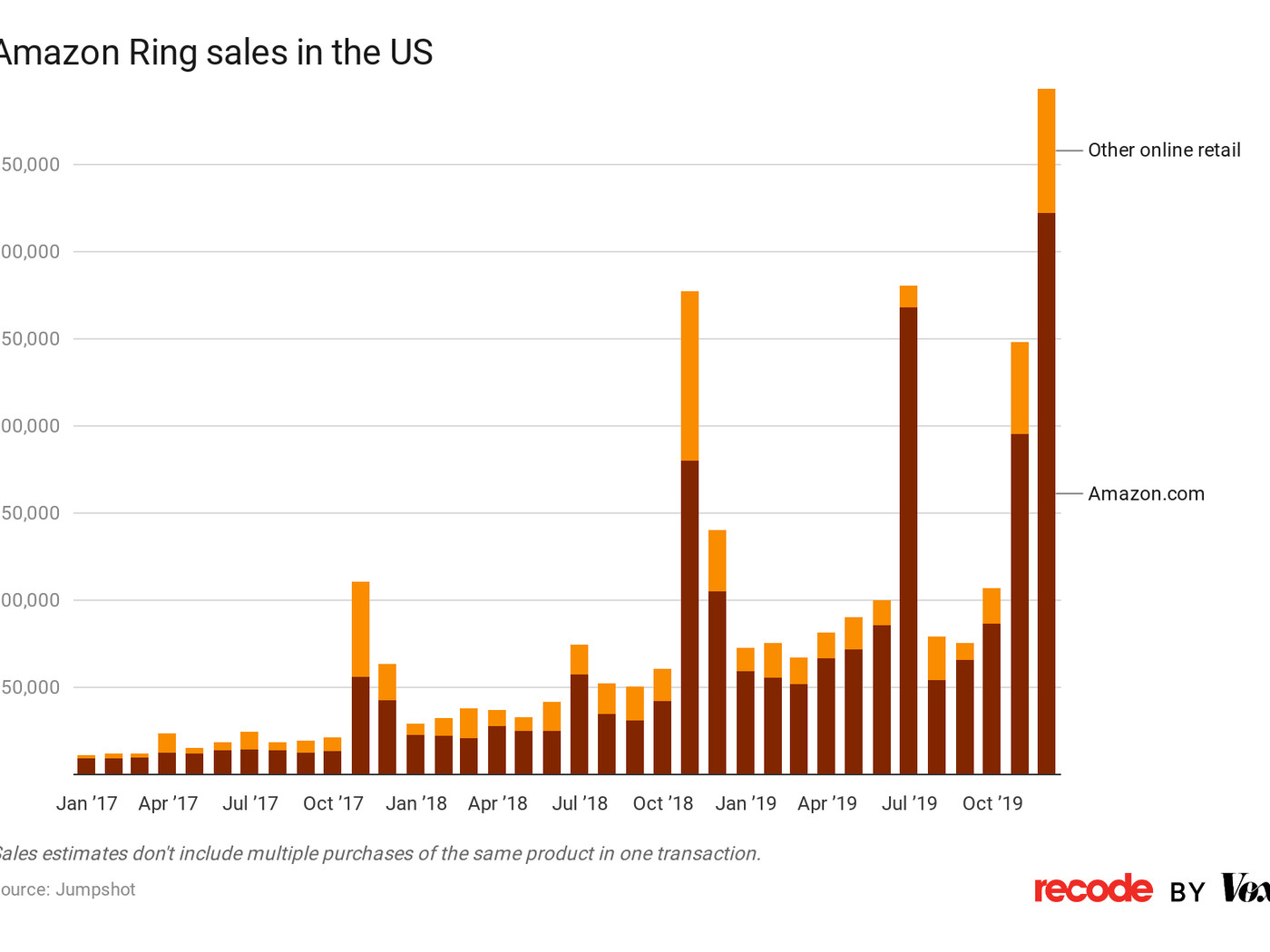Blog Post #7: Ring Diffusion Theory
When you hear the name
Ring Doorbell nowadays, I'm sure you know exactly what it is, this is because of how common it is for many people nowadays. However, a couple years ago we would have never heard of this company. This all stems from
The Diffusion Theory, how overtime people adapt and add new things to their everyday lives. Overtime companies, such as Ring become a household necessity. With the brand mission "To reduce Crime in Communities" it is a statement that resonates with so many people especially parents and families. So lets start from the beginning and dive into when this company started picking up pace.
Innovators
Innovators are the people who want to take the risks in businesses. They put money into a company and work hard to make it what the want it to be. Jamie Siminoff, founder of Ring, decided he wanted to make a product. According to
Siminoff, "he wanted to build something cool and important". He built a team of five people, three of which were engineers, and they got together in a garage and created Doorbot, the original name of Ring. This group of innovators would be the first people to adopt and create the idea of Ring in the diffusion theory because they devoted time and money into making this product a success.
Early Adopters
The Early Adopters for the Ring doorbell would be the people who bought it within the first year of sales in 2013. This is while the company was still know as Doorbot and before Siminoff had gone on the hit television shoe Shark Tank to sell his product. There was $1 Million annual sales the first year of Doorbot, these investors are considered the Early Adopters in the Diffusion Theory.
Early Majority
The Early Majority are the groups of people who purchase the product that is a significantly longer time than the Innovators and Early Adopters. For Ring, Sales started exponentially rising in 2019. In December of 2020 online sales in the US had 180 percent compared to the previous year. It is estimated that Amazon, a partner of Ring, sold 400,000 units in December of 2019. This would be viewed as the Early Majority while it took a few years for it to reach that goal, it is still impressive how quickly the sales skyrocketed in 2019.
Late Majority
The Late Majority would be the people who adopt an innovation after the average person. It is shown on the
Ring Doorbell sales that it is expecting a drop in sales and revenue this year and next. This doorbell isn't something you have to buy over and
over again. So when sales went up it was great, but now these are so common and there is a lack of sales in the near future. The people who are buying Ring in this year and next would be considered the Late Majority because they are purchasing this product after the majority of people already have it. Often times these might be older people who don't think the need the product or people who don't have the money for it.
Laggards
These Laggards are the last people to purchase the invention. While we aren't quite in the time of Laggards yet because Ring is still a fairly new product that people are still
eager to buy we can already tell who are Laggards could be. The old school people who are happy with their simple doorbell and doesn't care to have notifications and videos every time someone walks up to their door or the people who simple don't have the funds to purchase a video camera doorbell.







No comments:
Post a Comment